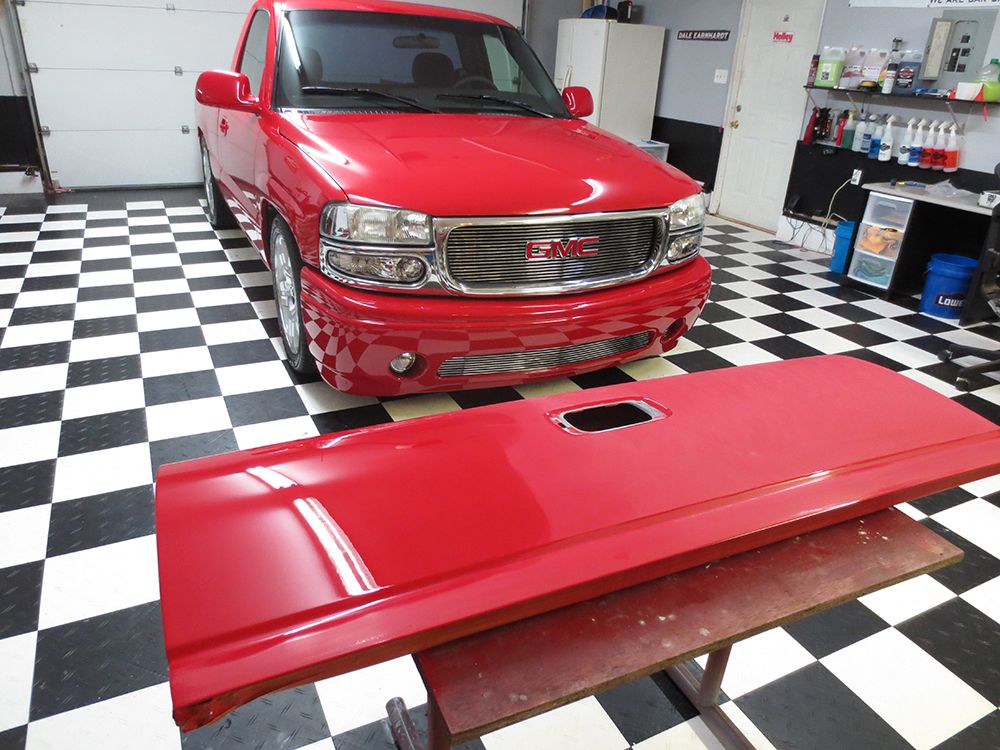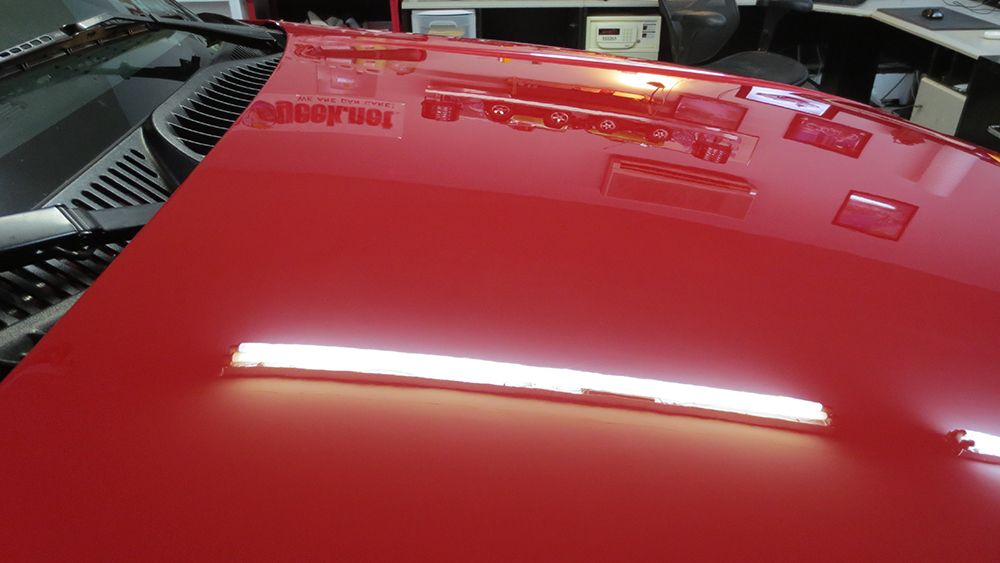royalkangaroo
New member
- Jul 31, 2015
- 37
- 0
I've got a 2010 Silverado that has some paint runs from the previous owner's attempted touch up. The color matches perfectly, and honestly you can't see it unless you know it's there. However, it does have some noticeable runs and a non-smooth texture. Therefore I was wondering if I could wet sand it to smooth it out. I have a GG6 DA polisher at my disposal, but there's many opinions whether they are sufficient for wet sanding.
Any thoughts? Is this something I can improve or better off leaving alone?
Tried to take some pictures as shown below.
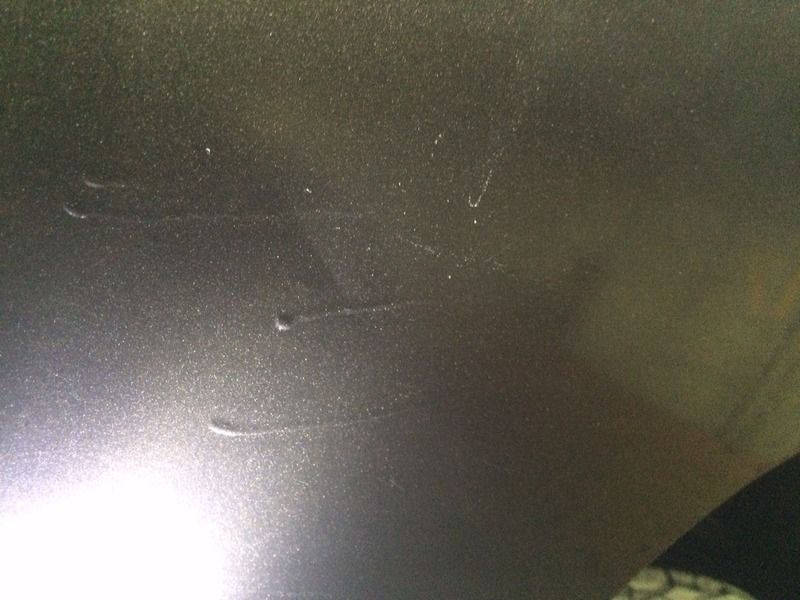
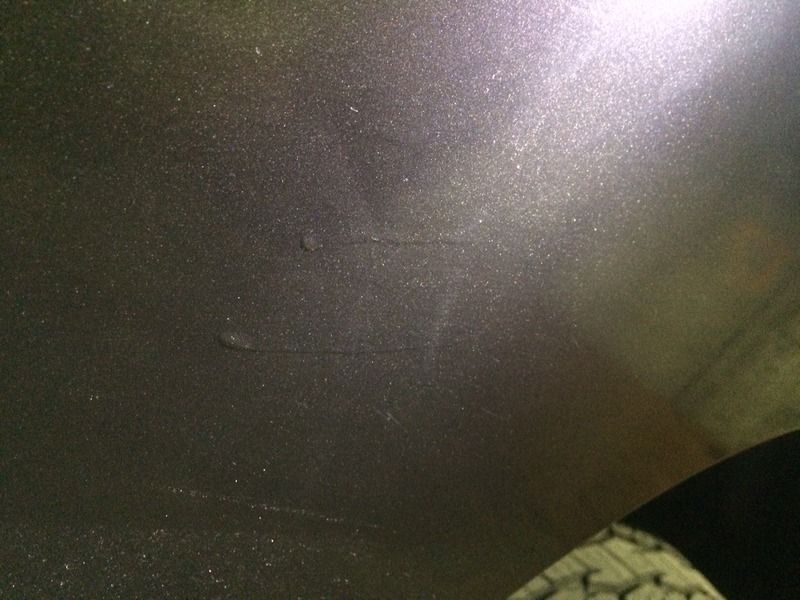
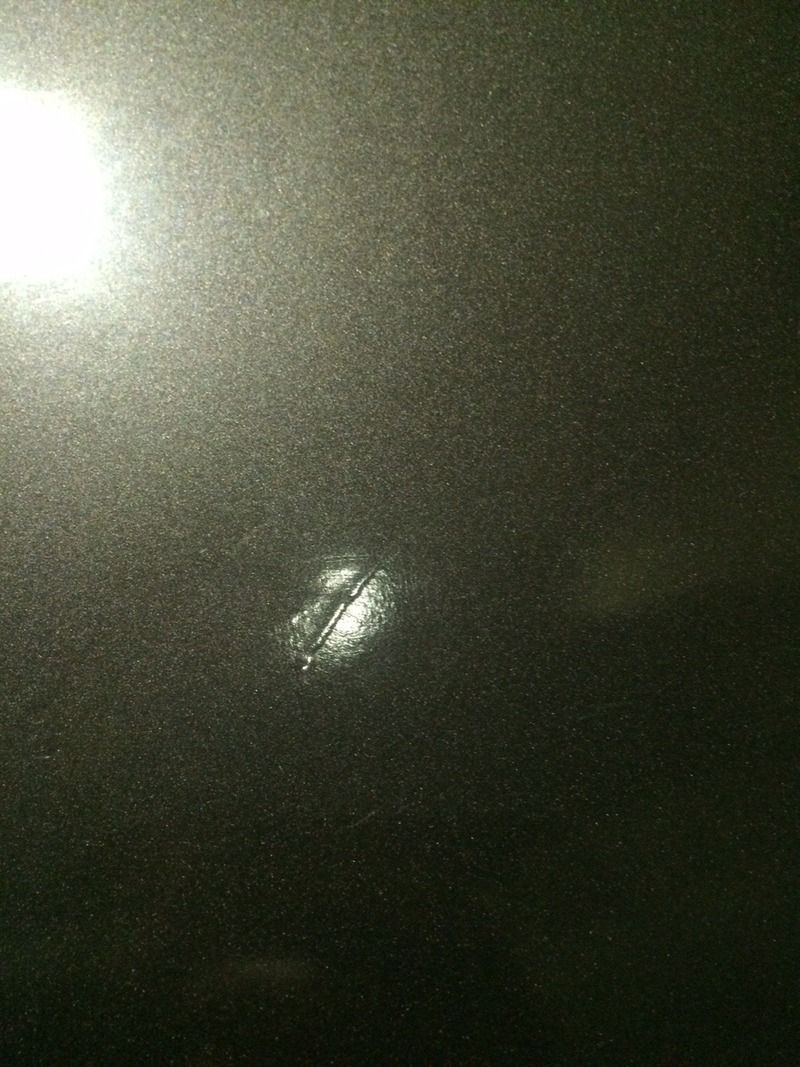
Any thoughts? Is this something I can improve or better off leaving alone?
Tried to take some pictures as shown below.




